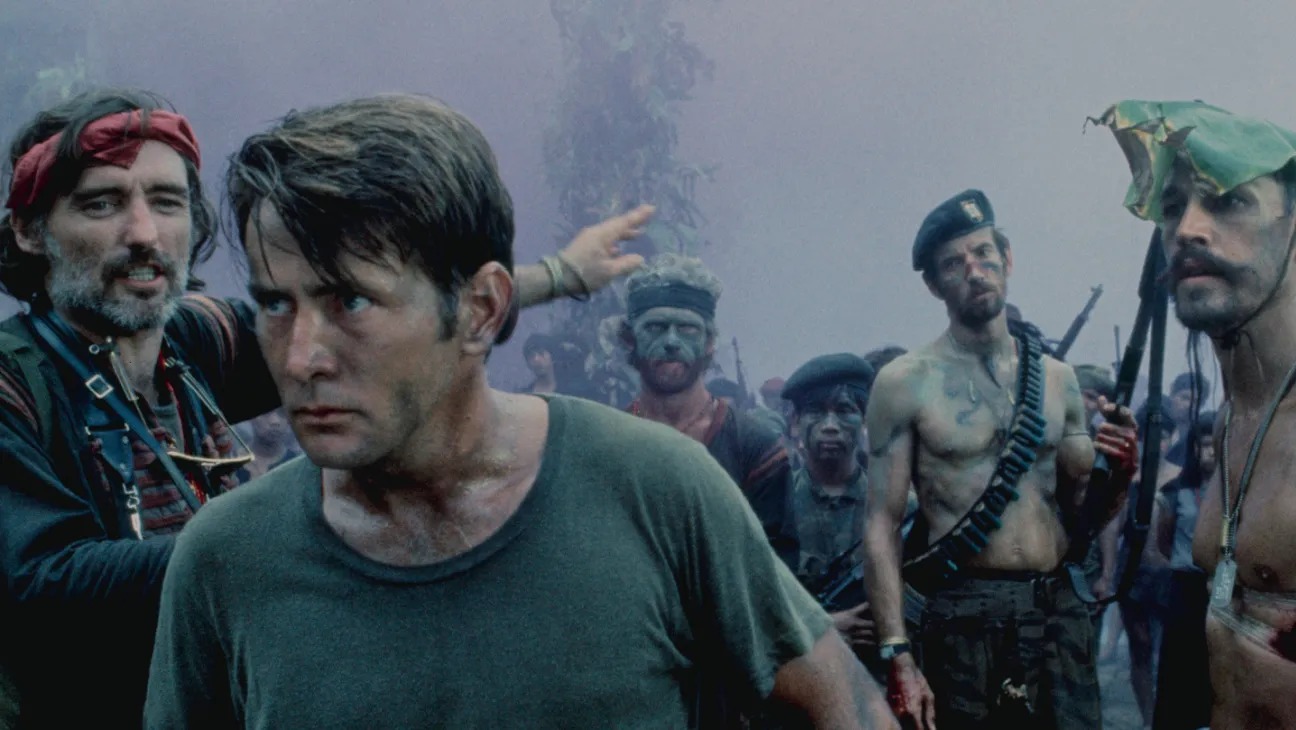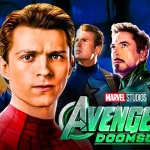Apocalypse Now

Francis Ford Coppola’s Apocalypse Now is a seminal work in the canon of American cinema, renowned for its ambitious scope, powerful performances, and profound thematic depth. Released in 1979, the film is a loose adaptation of Joseph Conrad’s novella Heart of Darkness, transposed to the context of the Vietnam War. It stands as a harrowing exploration of the human condition through the lens of warfare, examining themes of madness, power, and the moral ambiguity of conflict.
Apocalypse Now is a cinematic odyssey into the heart of darkness, both literally and metaphorically. The story follows Captain Benjamin Willard, played by Martin Sheen, who is assigned a covert mission to assassinate Colonel Walter E. Kurtz, portrayed by Marlon Brando. Kurtz, once a decorated officer, has gone rogue and established himself as a demigod among a local indigenous tribe. Willard’s journey upriver through the war-torn landscape serves as both a literal and symbolic voyage into the depths of human depravity and existential crisis.
The film’s narrative structure reflects its thematic concerns, with Willard’s journey mirroring his psychological descent. As he travels deeper into the jungle, the line between sanity and madness becomes increasingly blurred. The mission’s complexity and the surreal experiences along the way—ranging from the infamous helicopter attack set to Wagner’s “Ride of the Valkyries” to the eerie encounter with Kurtz—highlight the absurdity and horror of war. The film’s non-linear storytelling and haunting imagery create an atmosphere of disorientation and dread, capturing the chaos and moral ambiguity of the Vietnam War.

The character of Captain Willard, portrayed by Martin Sheen, is central to the film’s exploration of psychological and moral decay. Sheen’s performance is both intense and vulnerable, reflecting Willard’s internal struggle as he grapples with the mission’s ethical implications and his own sense of identity. Willard’s interactions with other characters, such as the enigmatic Lieutenant Colonel Kilgore (Robert Duvall) and the deranged Captain Colby (Dennis Hopper), underscore the film’s portrayal of the warped values and personalities shaped by war.
Marlon Brando’s portrayal of Colonel Kurtz is one of the film’s most iconic and enigmatic elements. Brando’s performance, characterized by his imposing physical presence and cryptic dialogue, creates a character who is both mesmerizing and disturbing. Kurtz represents the ultimate embodiment of war’s corrosive effects on the human psyche, having transcended conventional morality to become a god-like figure in the jungle. Brando’s portrayal captures the character’s profound sense of disillusionment and power, making him a haunting and memorable antagonist.
The cinematography of Apocalypse Now, spearheaded by Vittorio Storaro, is a crucial element in conveying the film’s thematic and emotional weight. Storaro’s use of light and shadow, along with the striking color palette, creates a visually arresting and immersive experience. The juxtaposition of the lush, verdant jungle with the stark violence of the war creates a sense of contrast and conflict, enhancing the film’s exploration of the natural and the unnatural.
The film’s visual style is complemented by its innovative use of special effects and practical effects. The portrayal of the helicopter assault, the surreal sequences, and the climactic confrontation with Kurtz are all executed with a sense of realism and intensity that heightens the film’s impact. The attention to detail in the depiction of the war’s brutality and the surreal elements of the narrative contribute to the film’s status as a groundbreaking work in cinematic history.

The film’s soundtrack and score, composed by Carmine Coppola and Francis Ford Coppola, play a significant role in shaping its mood and atmosphere. The use of music, including classical and contemporary pieces, enhances the emotional resonance of the film’s scenes. The juxtaposition of Wagner’s “Ride of the Valkyries” with the helicopter attack is one of the film’s most memorable sequences, illustrating the discord between the romanticized image of war and its brutal reality. The score’s ability to evoke a range of emotions, from exhilaration to despair, contributes to the film’s overall impact.
Apocalypse Now was released during a period of intense reflection and reassessment of the Vietnam War in American society. The film’s portrayal of the war is both critical and introspective, capturing the disillusionment and moral ambiguity that characterized the era. Its depiction of the conflict as a descent into madness and chaos resonates with the broader cultural and historical context of the 1970s, reflecting the nation’s grappling with the legacy of the Vietnam War.

The film’s production, marked by its troubled development and challenging filming conditions, adds to its mythos as a landmark in cinema. The story of its making, including the health issues faced by Martin Sheen and the chaotic conditions of the Philippine shoot, contributes to the film’s aura of authenticity and intensity.
Apocalypse Now remains a towering achievement in American cinema, renowned for its exploration of the darkness within the human soul and its critique of the nature of war. Francis Ford Coppola’s masterful direction, combined with powerful performances, striking visuals, and a haunting score, creates a film that is both a harrowing examination of the Vietnam War and a timeless meditation on the human condition. Its enduring relevance and impact on the cinematic landscape underscore its status as a profound and influential work of art.











